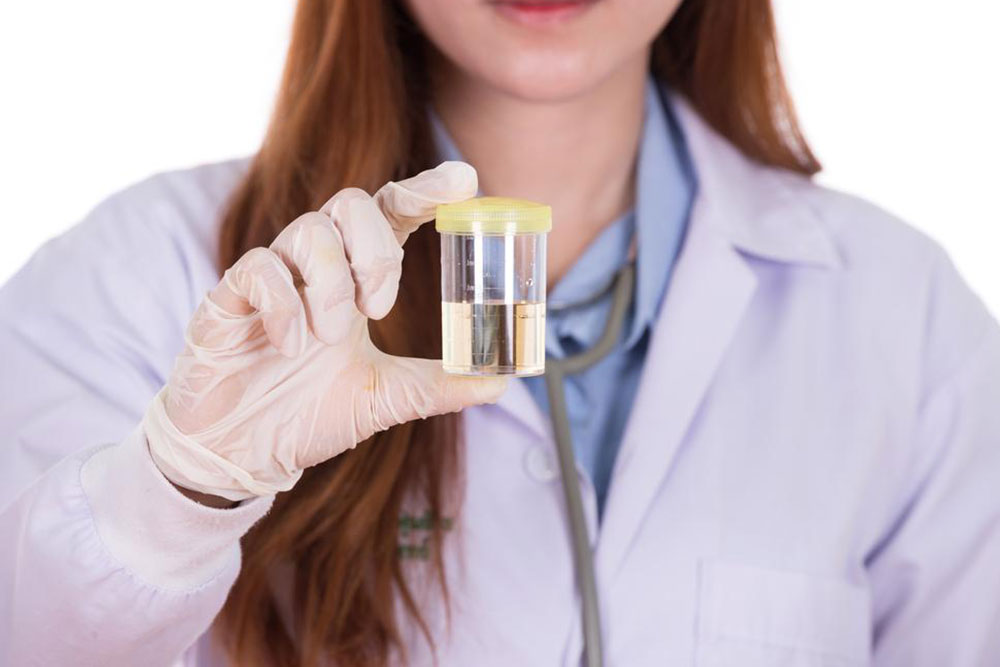Complete Guide to Preventing and Treating Urinary Tract Infections (UTIs)
This comprehensive guide provides in-depth insights into urinary tract infections, including causes, symptoms, treatment options, and preventive strategies. Designed to educate and empower individuals, it emphasizes early diagnosis and proper management to prevent complications and promote urinary health. Whether experiencing a first-time infection or recurrent episodes, learn how to manage UTIs effectively with expert advice and lifestyle tips to ensure a healthier urinary system.

Complete Guide to Preventing and Treating Urinary Tract Infections (UTIs)
Understanding Urinary Tract Infections (UTIs)
Urinary tract infections, commonly known as UTIs, are among the most prevalent health concerns affecting millions worldwide. These infections occur when harmful microorganisms invade parts of the urinary system, including the kidneys, ureters, bladder, and urethra. UTIs are particularly common among women due to anatomical differences, but men and children can also be affected. Recognizing the symptoms early and understanding the causes and treatment options is essential to prevent complications and ensure swift recovery.
What Are UTIs?
Urinary tract infections are caused by microorganisms such as bacteria, fungi, or viruses infiltrating the urinary system. Bacterial infections, predominantly by Escherichia coli (E. coli), are the most common. These microbes can infect various parts of the urinary tract, leading to different types of UTIs. When the infection affects the lower urinary tract, it manifests as urethritis (urethra) or cystitis (bladder). If the infection ascends to the kidneys, it results in pyelonephritis, a more severe condition that requires prompt medical attention.
Causes of UTIs
In most cases, UTIs result from bacteria originating in the gastrointestinal tract, especially E. coli, which can contaminate the urethral opening and ascend into the urinary system. Normally, the urinary system has several defense mechanisms, including regular urination, acidic urine, and antimicrobial secretions, which help prevent infection. However, factors such as poor personal hygiene, sexual activity, use of irritating products, immune system deficiencies, and certain medical conditions can compromise these defenses, increasing susceptibility. Women are particularly vulnerable due to the shorter length of their urethra, proximity to the anus, and hormonal influences.
Symptoms and Indicators of UTIs
Symptoms vary depending on the infection's location within the urinary tract. Lower urinary tract infections typically cause a burning sensation during urination, frequent urges to urinate, cloudy or foul-smelling urine, hematuria (blood in urine), and pelvic discomfort in women or rectal pain in men. When the infection reaches the kidneys, symptoms tend to be more severe, including flank pain, fever, chills, nausea, and malaise. If untreated, UTIs can progress and cause significant health issues, so early recognition and medical intervention are essential.
Effective Treatment Strategies for UTIs
Managing UTIs involves accurate diagnosis and tailored treatment plans. Healthcare providers typically conduct urine tests, including urinalysis and urine culture, to identify the causative microorganism. Bacterial UTIs are primarily treated with antibiotics, with the specific medication chosen based on the identified pathogen and infection severity. Oral antibiotics are suitable for uncomplicated cases, while intravenous antibiotics might be necessary for severe or complicated infections. Viral infections are managed with antiviral medications, and fungal cases require antifungal treatment. Alongside medication, maintaining adequate hydration, practicing proper hygiene, and avoiding irritants can aid recovery and prevent recurrence.
Prevention and Lifestyle Tips to Reduce UTI Risk
Preventing UTIs is often centered around lifestyle modifications and good personal hygiene practices. Drinking plenty of water helps flush out bacteria from the urinary system, while urinating frequently prevents microbial buildup. Wiping from front to back after bowel movements minimizes bacterial transfer. Wear breathable cotton underwear and avoid irritating products such as douches and scented soaps. For women, urinating after sexual intercourse can reduce the likelihood of bacteria entering the urethra. Individuals with recurrent UTIs may benefit from prophylactic antibiotics or other medical interventions, as advised by healthcare professionals.
When to Seek Medical Advice
If you experience symptoms such as burning during urination, persistent urge to urinate, cloudy or bloody urine, or fever, it is crucial to consult a healthcare provider promptly. Delaying treatment can lead to complications like kidney infections, sepsis, or damage to the urinary organs. Early medical intervention ensures effective treatment, symptom relief, and prevention of long-term health issues.
In conclusion, understanding UTIs, recognizing their symptoms early, and adhering to appropriate treatment and preventive measures can significantly reduce their impact on health. Whether you’re dealing with a first-time infection or recurrent episodes, proactive healthcare can help you maintain a healthy urinary system and overall well-being.





